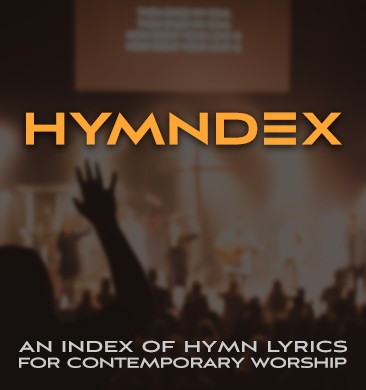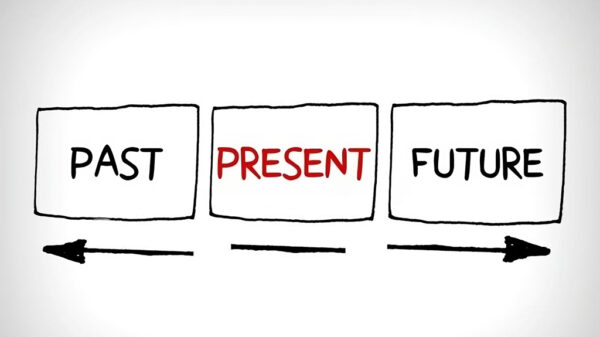Any worship leader knows that evaluating a worship service is very difficult to do. First, it’s very hard to set a tangible goal of a worship service. An intangible goal is pretty much impossible to measure. Second, most evaluations of a worship service will be based on the evaluator’s preferences. This makes it difficult to get a solid evaluation on the service because people will often like or dislike it based on what they like or dislike. However, I’ve had a few suggestions on how to evaluate a worship service that will lead you to the wrong place almost every time. Again, these are often so difficult to put a finger on that often they will be inaccurate. And, check it out next week when I’ll take a stab at some ways to evaluate a service correctly.
100% Participation
Let’s face it. You will NEVER have 100% participation. In fact, if you do have 100% participation, you are probably doing something wrong. If everyone there knows every song and wants to sing, you’re not attracting unchurched guests. That’s not to say that participation is not a great goal, but you for sure won’t hit 100%. Sadly, reaching full participation is an evaluator in some church people’s minds. I have, as well as other worship leaders, been held to this standard in the past, and it’s definitely an impossible standard.
Emotional and Physical Reactions
More often than not, when I have heard an evaluation of a worship service, it’s been based on some kind of an emotional reaction. I’m not talking about just a “hey, the music was great, thanks for working so hard” e-mail. I’m talking about the people that say “I didn’t get anything out of worship today.” More often than not, what they mean is that we didn’t sing their favorite song, or they didn’t get the “warm tinglies.” Simply guessing at which emotional reactions are Spirit-led and which are nostalgic won’t work as an evaluator. It’s also amazing to see when people who aren’t physically engaged in worship do engage physically. The Bible is full of examples of physical worship. It’s always incredible to see people that have previously stood as a statue coming “unstuck” and raise their hands, or people who stare down all the time actually looking up at the words. But, again, physical reactions can be as flighty as emotional reactions. Again, not saying that this never works, but it is not always accurate.
Congregational Volume
I was once told that we need to do more older music because the people sang louder. The real issue here is that the target is drastically off. The thought behind this comment is that we should always be doing things that make people sing louder and make more people participate. Again, we do want to encourage participation…but never at the expense of never changing. The best way to cater to this person’s complaint was to basically dwindle our catalog down to 20 or so songs that were familiar to them and their friends. The problem here is that there is never anything new or fresh. Congregational volume can change from week to week, and, by itself, is not a good evaluator.









